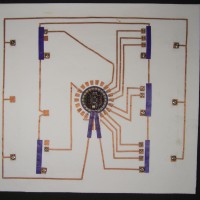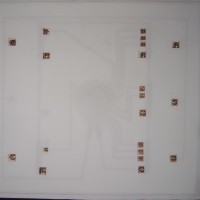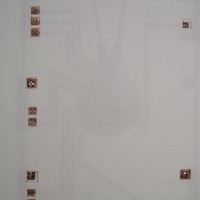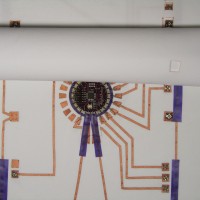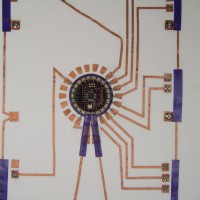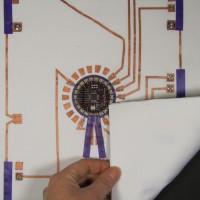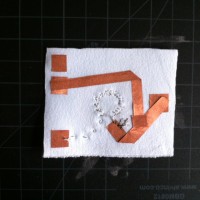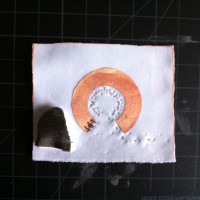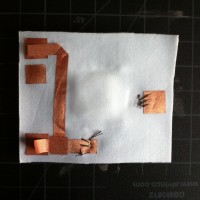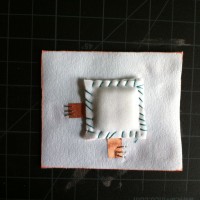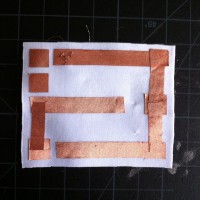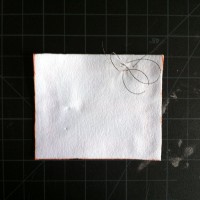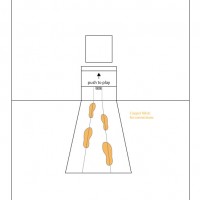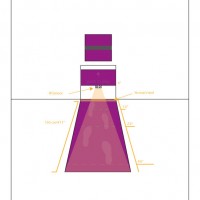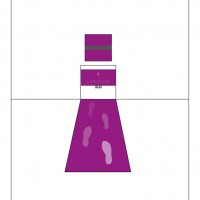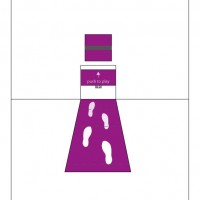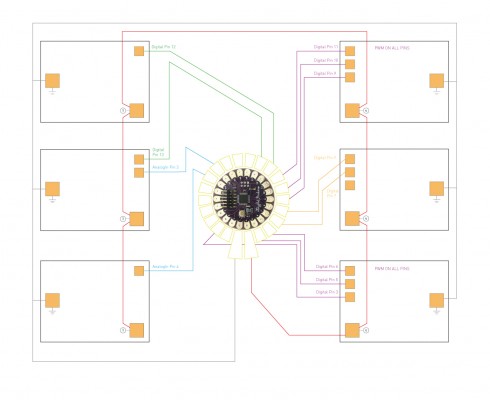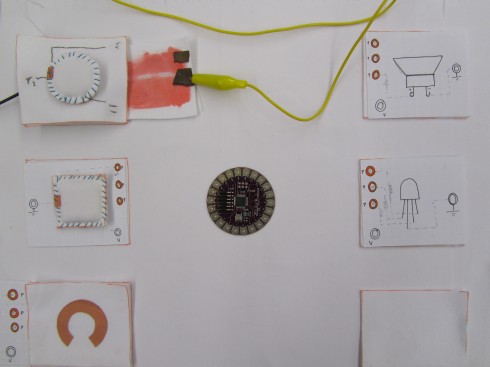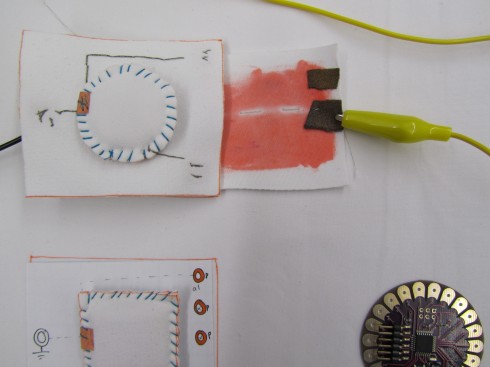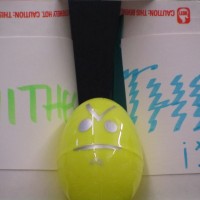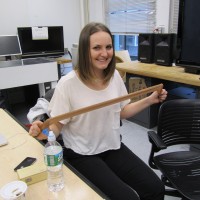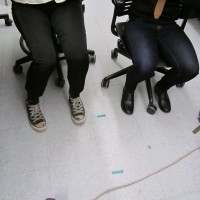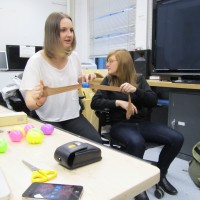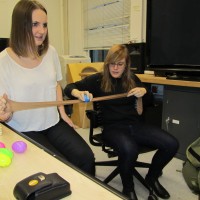SnapToTrace Final Presentation and Feedback
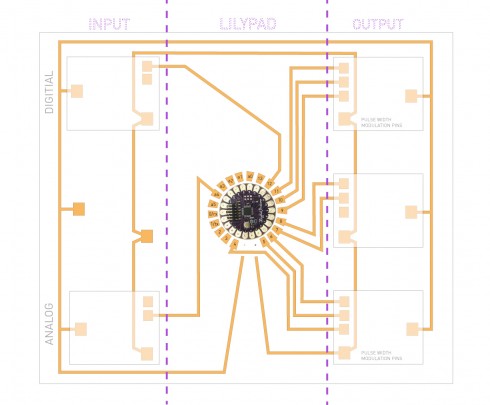
Final Presentation located here.
The feedback I received from Melanie focused mainly on developing the board as an interface to systems learning in realms outside of computation. This was fantastic feedback, especially since an early concept had framed it in this way. Katherine’s feedback was continued simplification of the components by taking them off the board. This is definitely the goal of the summer moving this project into potential thesis territory, along with some logic-based components.
First ProtoBoard Components! (INPUT)
- Potentiometer (front)
- The stroke sensor effectively acts as a switch.
- Still in the works – just a tuft of conductive fabric right now.
PhysComp Final Project Concept 2
Calm Computing+IR Sensor
This final project assignment has three parameters: it must be calm computing; it must solve a problem; and it must use a IR sensor. Brainstorming this and avoiding a completely kitsch or overdone concept is much harder than you would think; so, I propose a project that would alleviate the omnipresent ordeal of erasing the spatial divide between user and interactive object. That is, constructing an object that facilitates interaction between the user/audience and an installation piece. Installations are often the preferred method of execution for many projects, yet we all fall into the trap of assuming our project will call people to interact with it. In reality, we have been conditioned with a museum mentality not to touch and we must break this behavior through the affordances of our design.
By combining the IR sensor to gauge the distance of a potential user, thermochromic ink and fabric traces (copper, specifically), I will construct a “red carpet” of sorts to invite the user to interact with a piece when they pass. As the user gets closer, Arduino triggers voltage from a certain pin to a footprint that leads up to the piece. Once the user is 6″ away, a sign is revealed to them that says “push me”. Not only will this aid in encouraging interaction with the specific piece, but is a form of interaction itself that can be used in a variety of situations.
Below are the paper prototypes and distance logistics (based on the ideal range of the sensor (4cm – 150cm):
Proof of Concept:
Module 3: Play
“Totally indulgent and want to keep shooting that shit.”
- Kellyn
Assignment
Take an existing game, analyze it, and identify its core mechanic. Then, extract that mechanic and design a new game around it.
Design Question
How can a physical game act as a serve to reduce goal-oriented anxiety and give players a sense of accomplishment and perspective over the stressful factors?
Overview
This game transports the catapult core mechanic of Angry Birds into a test of teamwork, physical coordination, and physics.
The goal is for teams of two to work together to knock over the stack of cups using a nylon catapult and plastic eggs in as short a time as possible from a distance of three feet. Knock them all over to graduate and make your angry nerds happy!
Concept
The concept and design is meant to give MFA DT students a fun way to alleviate shared stress associated with the program. By conquering major program milestones in a physical fashion, the game offers this audience immediate gratification and a sense of (control) over hurdles that can feel insurmountable at times.
In Action
How To Play
MATERIALS REQUIRED
RULES
1. Each team has two players.
2. Players divide into teams of two, then each team sets up their station: two chairs at least three feet away from the target; one nylon catapult; a stack of plastic eggs (nerds); three cups stacked in a pyramid (target goals)
3. Players must remain sitting in their chairs and cannot move closer to the target than the allotted space.
4. Players only have the stack of eggs given to them. They can keep shooting as much as they want, but they must retrieve their eggs and may not use another teams eggs!
5. The first team to knock over all three cups wins!
POSSIBLE CONFIGURATIONS
CLASS PLAYTEST
The feedback from the class was incredibly helpful and insightful. In further iterations I would begin with some type of color categorization of the egg “nerds” along with a weighting system to correspond to the color hierarchy. This would also be a starting point to integrate a points system. For as much as I love the idea of playing with pantyhose, I would of course rethink my materials, and I would also rethink the organization of cups. For example, it may lead to more interesting play if you had to shoot the egg in the cup. The narrative skin is also in need of further developing – while I like the concept of knocking out your goals, it is completely inapparent at the start and during game play.


